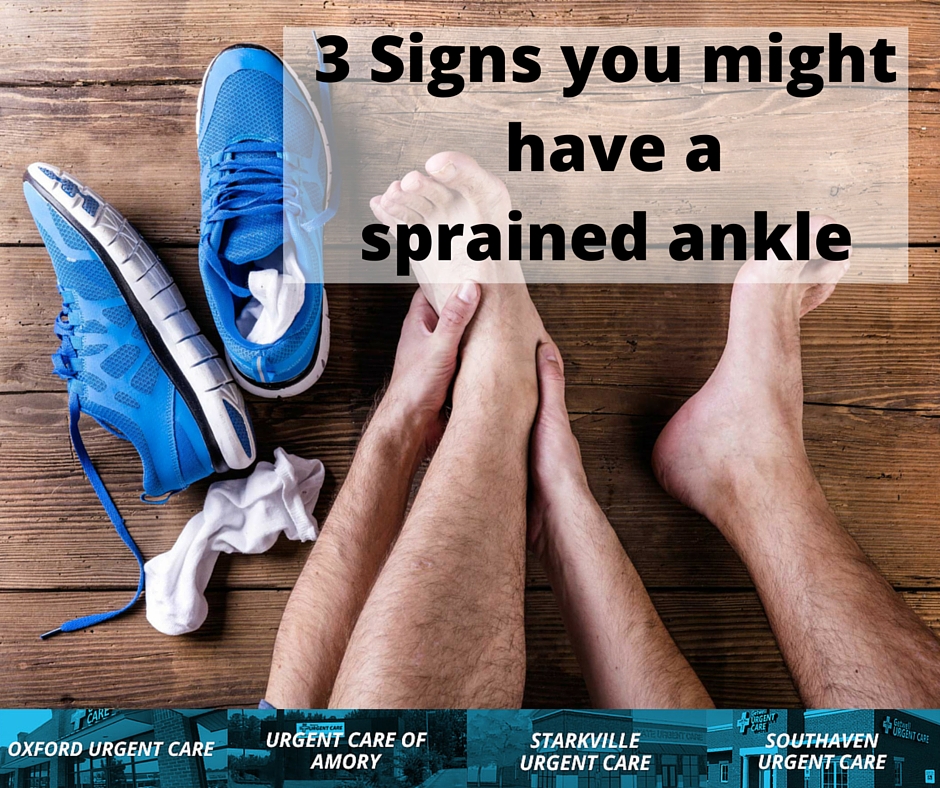
 As we approach the summer months, people are going to be heading outside to have some fun! When you’re outside, running around the yard with the kids and a soccer ball, the last thing on your mind is getting hurt. Then whoops! Looks like you just found that hole you keep meaning to fill in, and now your ankle is just killing you. Is it sprained? Let’s find out.
As we approach the summer months, people are going to be heading outside to have some fun! When you’re outside, running around the yard with the kids and a soccer ball, the last thing on your mind is getting hurt. Then whoops! Looks like you just found that hole you keep meaning to fill in, and now your ankle is just killing you. Is it sprained? Let’s find out.
What is a sprained ankle?
When you sprain anything, what has happened is that the ligaments (the connective tissue that holds your bones together), have been stretched too far or torn. They are the result of a sudden shift in movement: for example, running across the yard and you trip on a hole, or rolling your ankle while jogging. In addition to being painful, there are three telltale signs you might have a sprained ankle:
-
- It swells up immediately
-
- Heard or felt a pop at the time of injury
- Your skin is discolored
There are three grades of ankle sprain: Grade I sprains, you can still walk without any pain or limping. If you have a Grade III sprain, you aren’t walking anywhere without crutches. Grade II falls somewhere in-between those two extremes.
How is a sprain treated?
The first thing you need to do is see your doctor (or local urgent care) to make sure that it is just a sprain. Your doctor will perform a physical exam to get a proper diagnosis. Sometimes X-rays may be needed to rule out broken bones, or just to see how badly damaged the ligaments are. You definitely do not want to treat broken bones like a simple sprain!
Typically, sprains heal on their own, but there are some things you can do to help speed up the process:
-
- Rest – avoid putting weight on that ankle as much as you can. Use crutches if you have to. The less you use it, the quicker it will heal.
-
- Ice – a cold compress will reduce inflammation and pain. For two days, every 2-3 hours, put an ice pack on the injured ankle for 15-20 minutes. Once the swelling goes down, you can get away with icing it once a day.
-
- Compression – keeping the ankle wrapped will give you support, as well as keep the swelling down. Get an elastic bandage, start at your toes, and wrap your foot back towards your ankle.
-
- Elevation – prop your foot up with a pillow when laying down or sitting to keep fluid from pooling in your feet.
-
- Support – if you have a more severe sprain, you may want to use an actual ankle brace to hold everything in place and give yourself additional support.
- Medicate – take anti-inflammatories like ibuprofen aspirin, or naproxen to help manage the pain and swelling.
